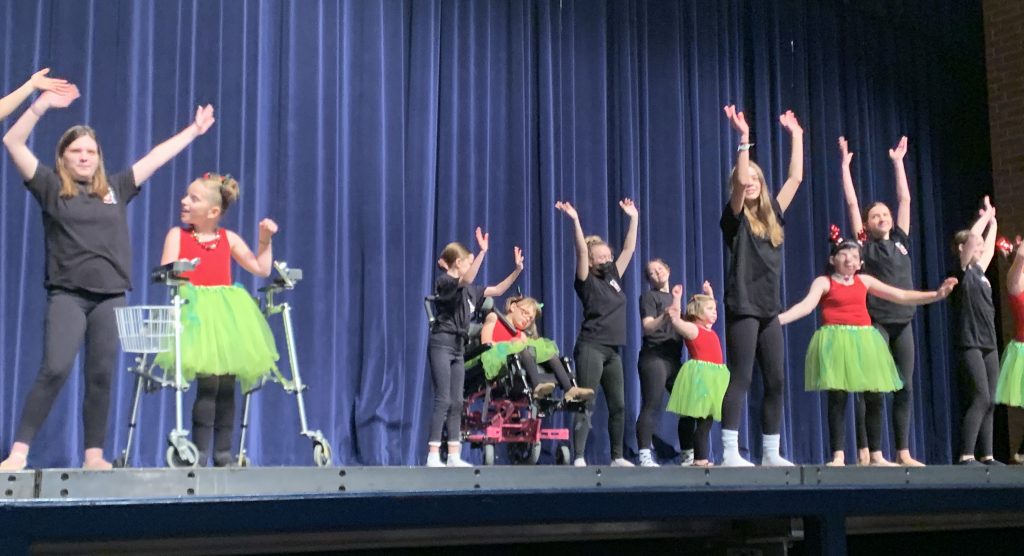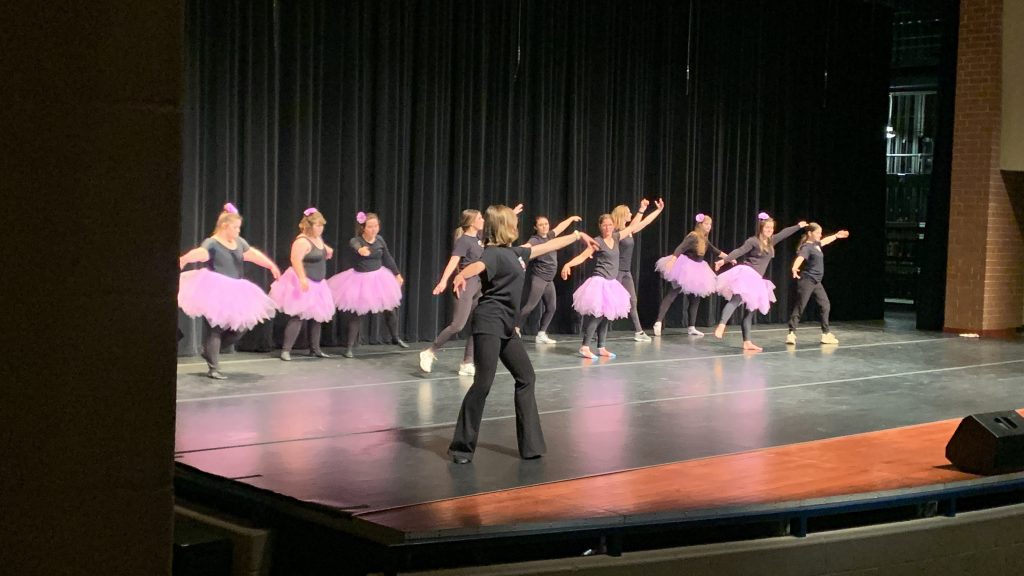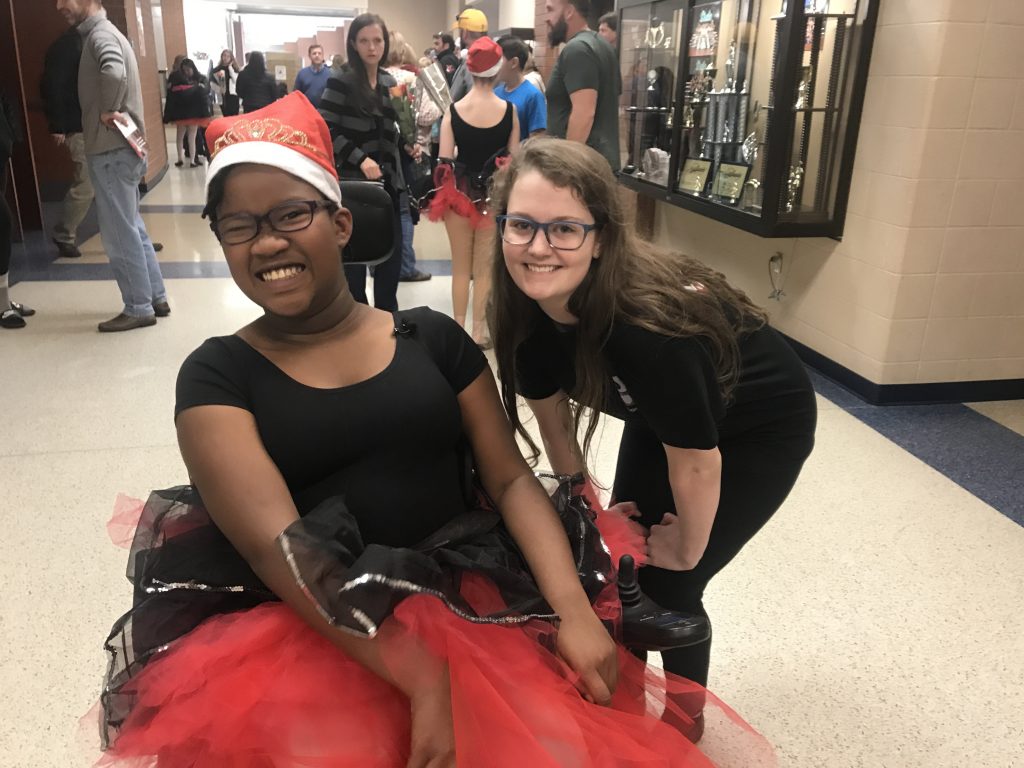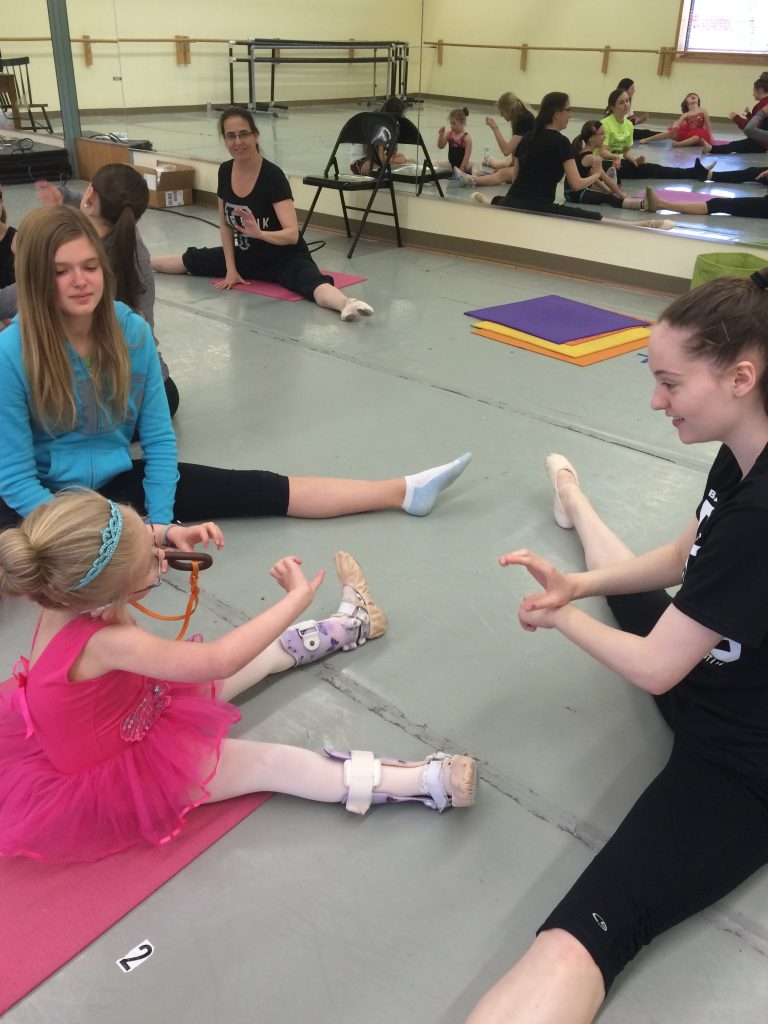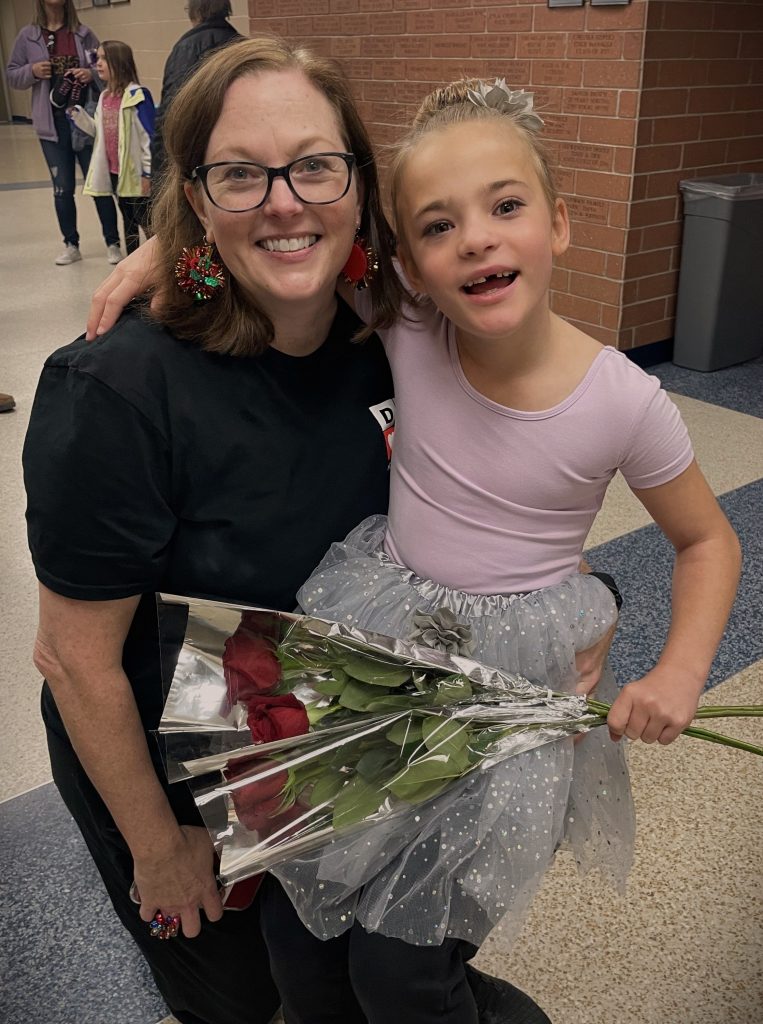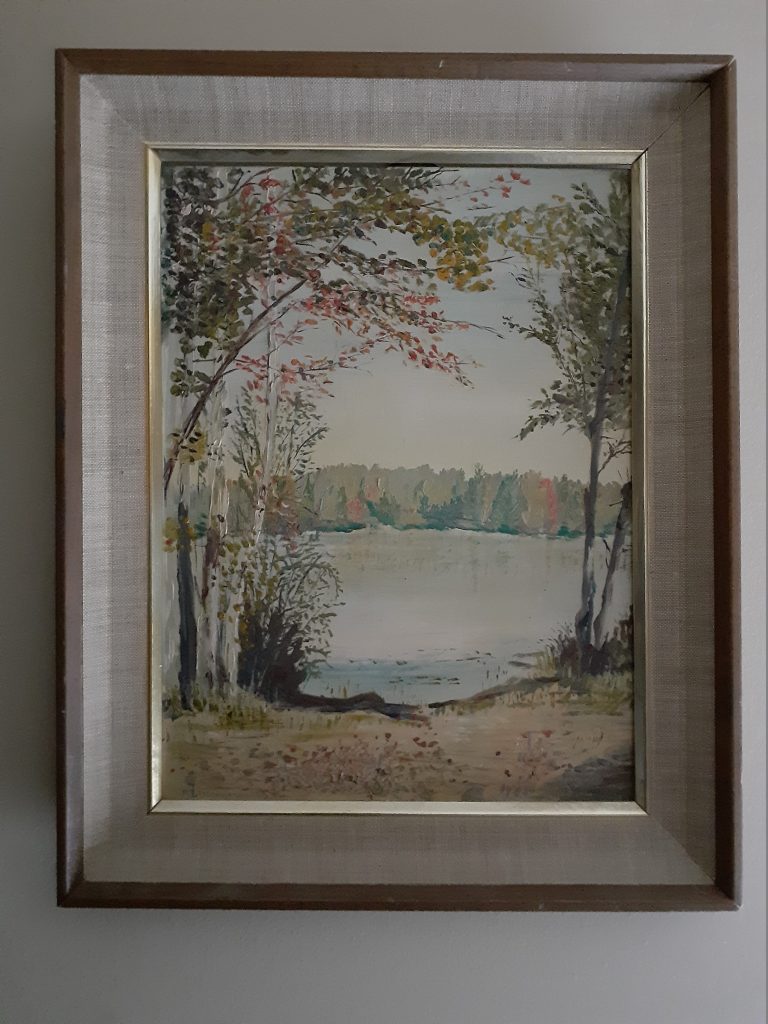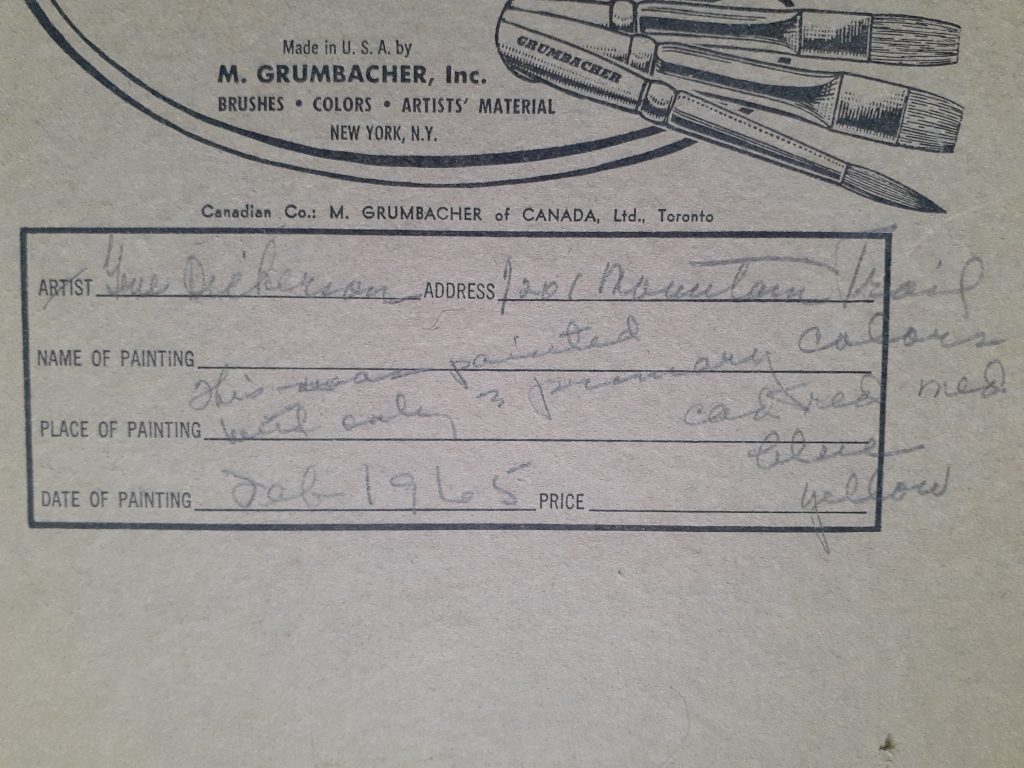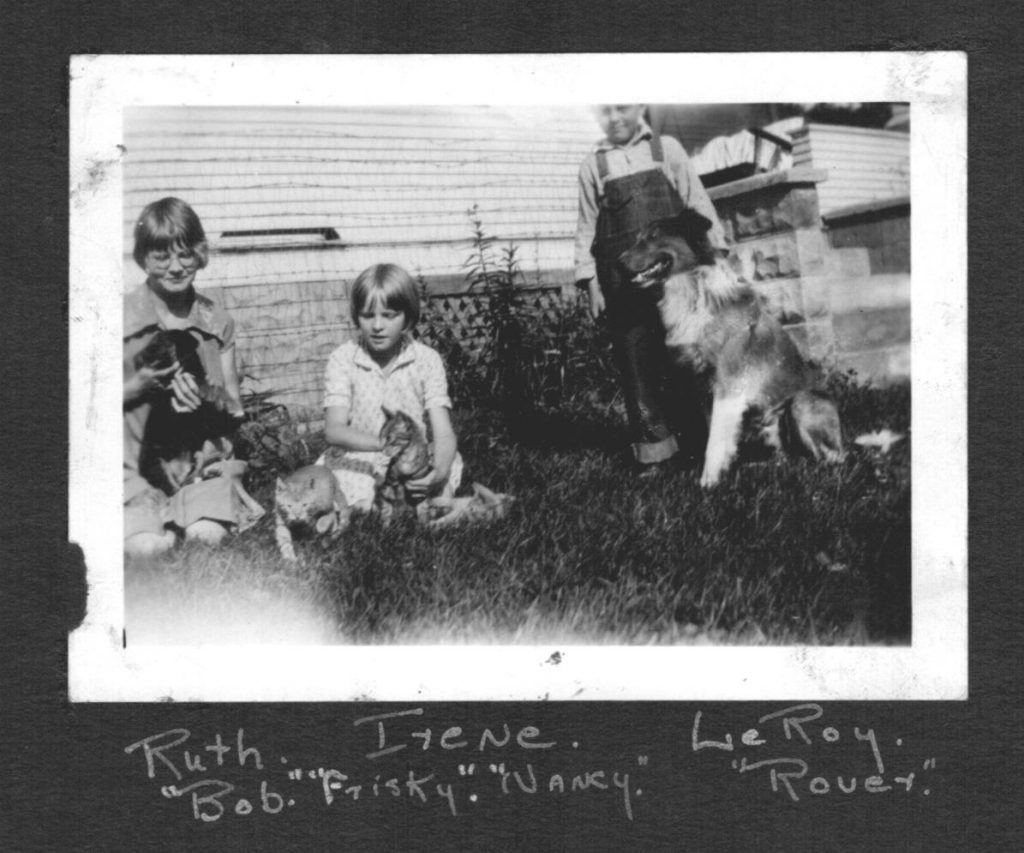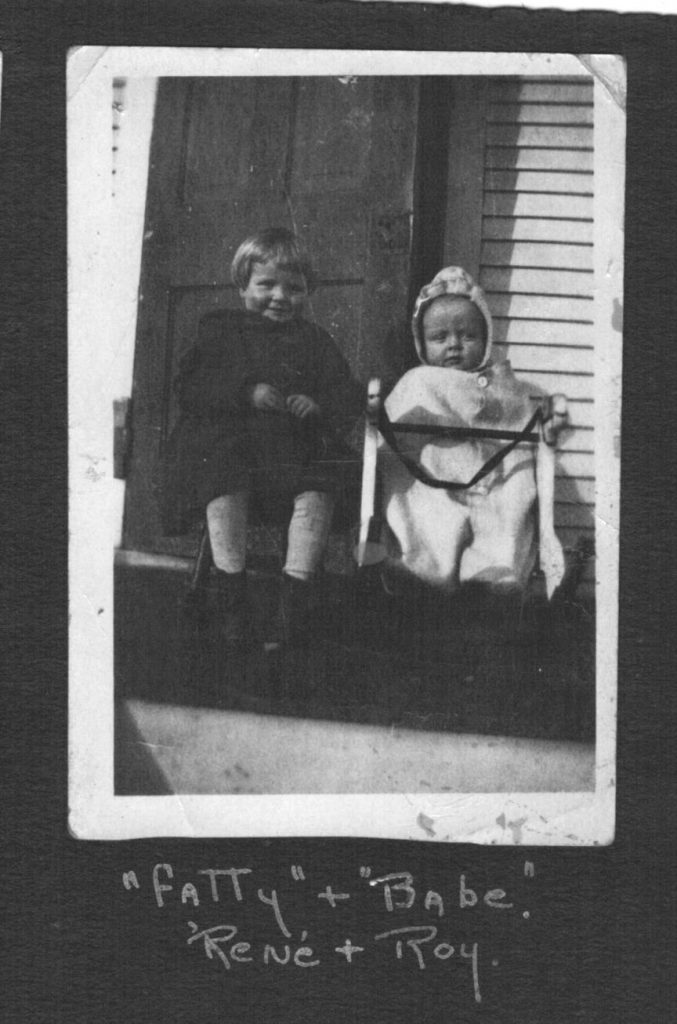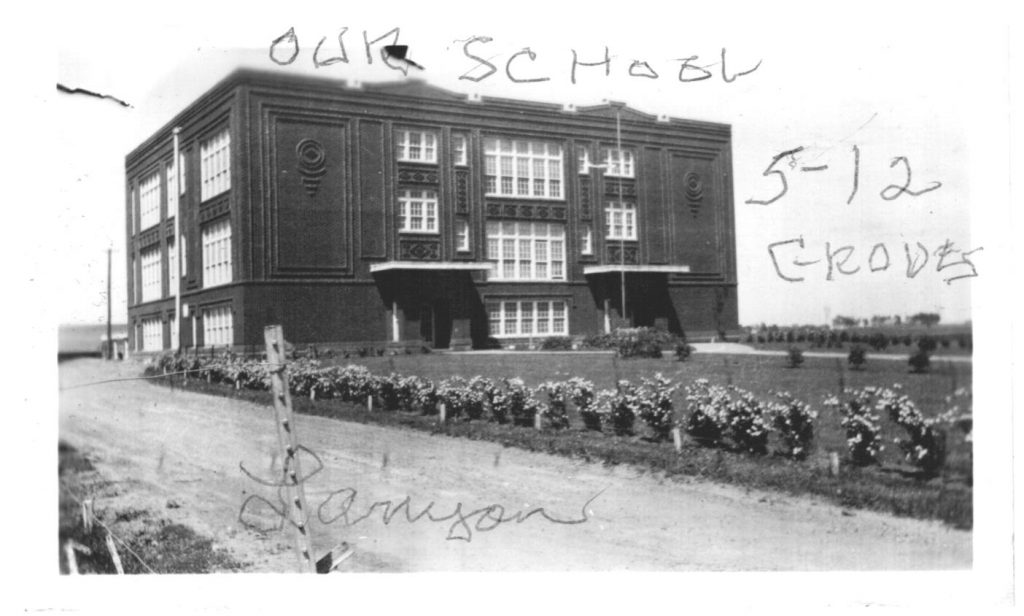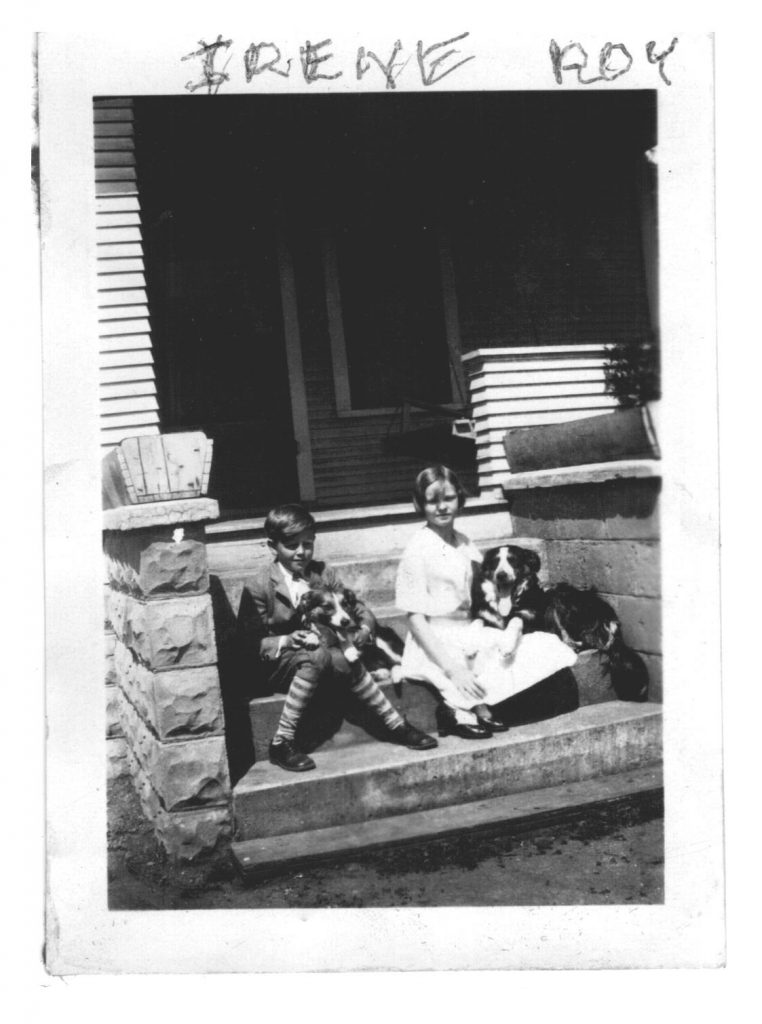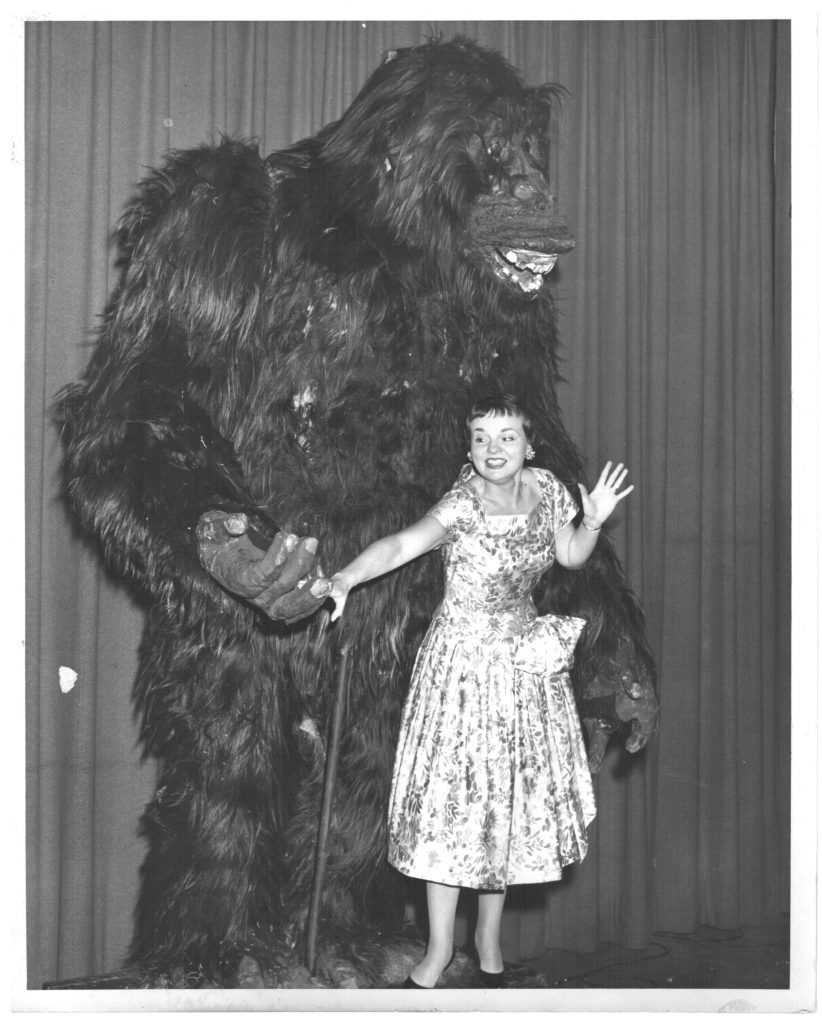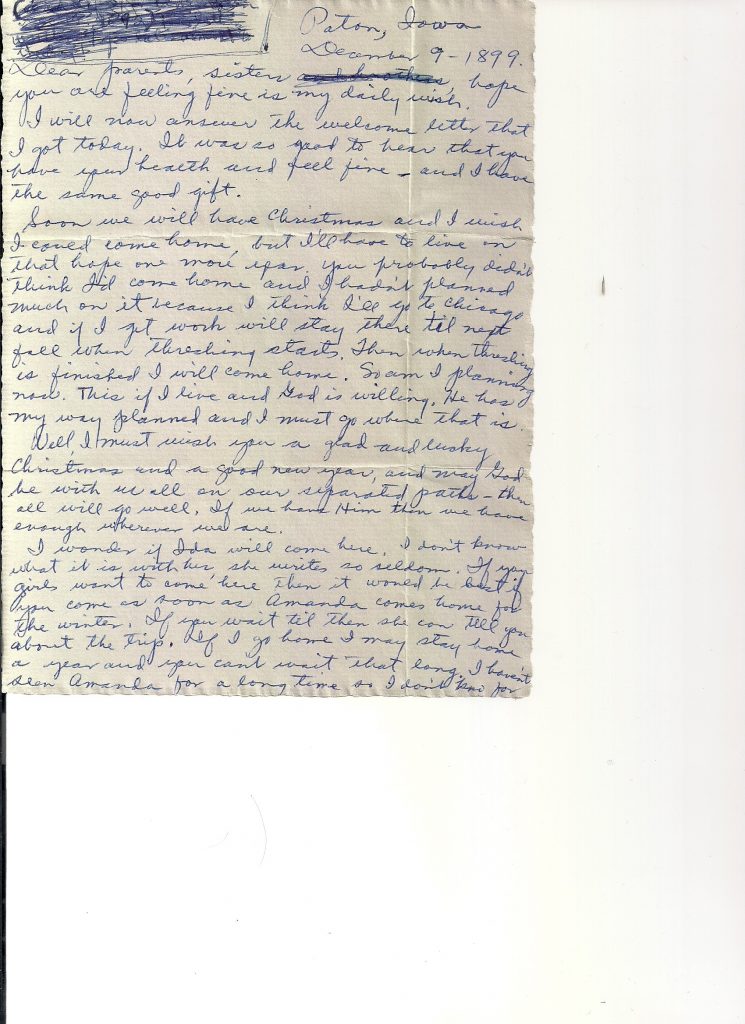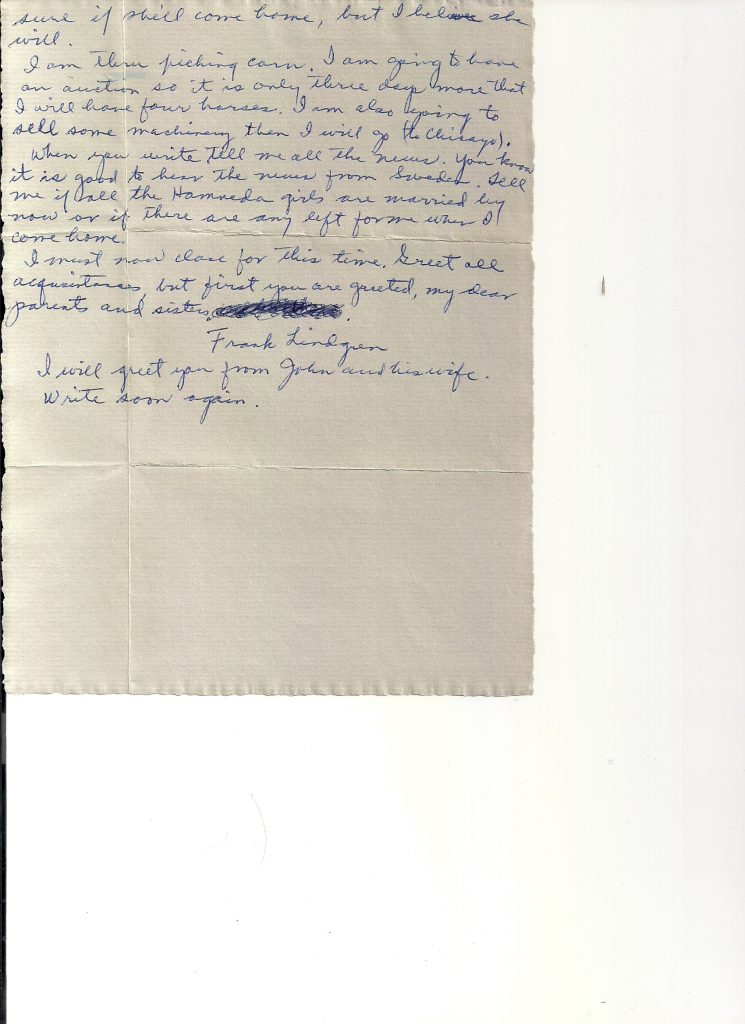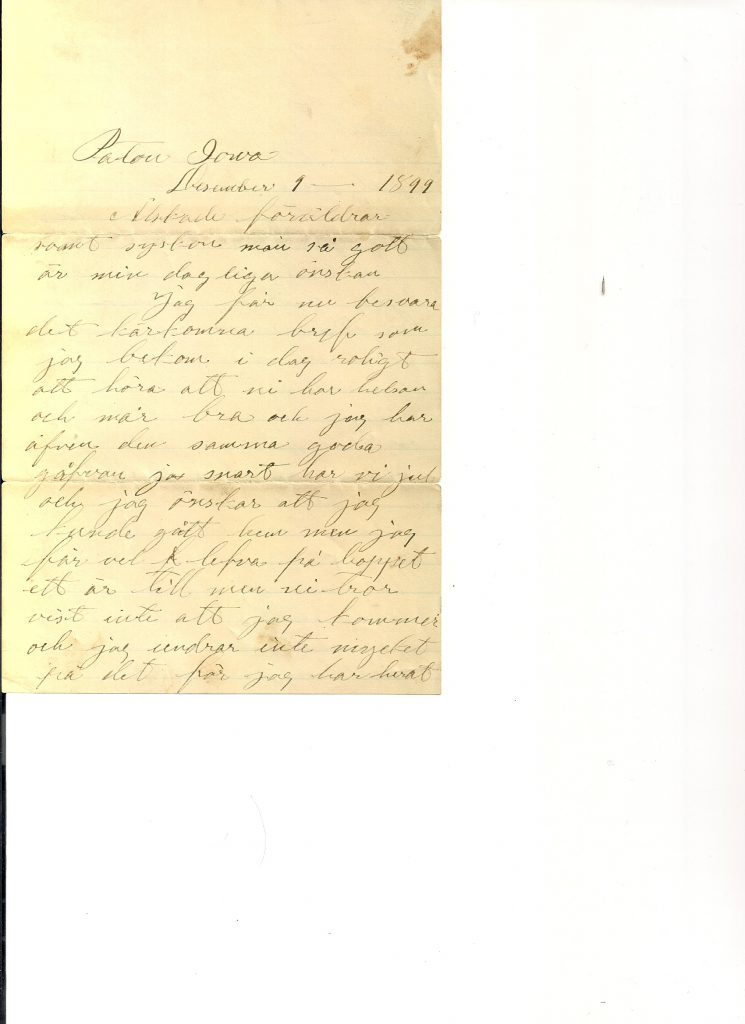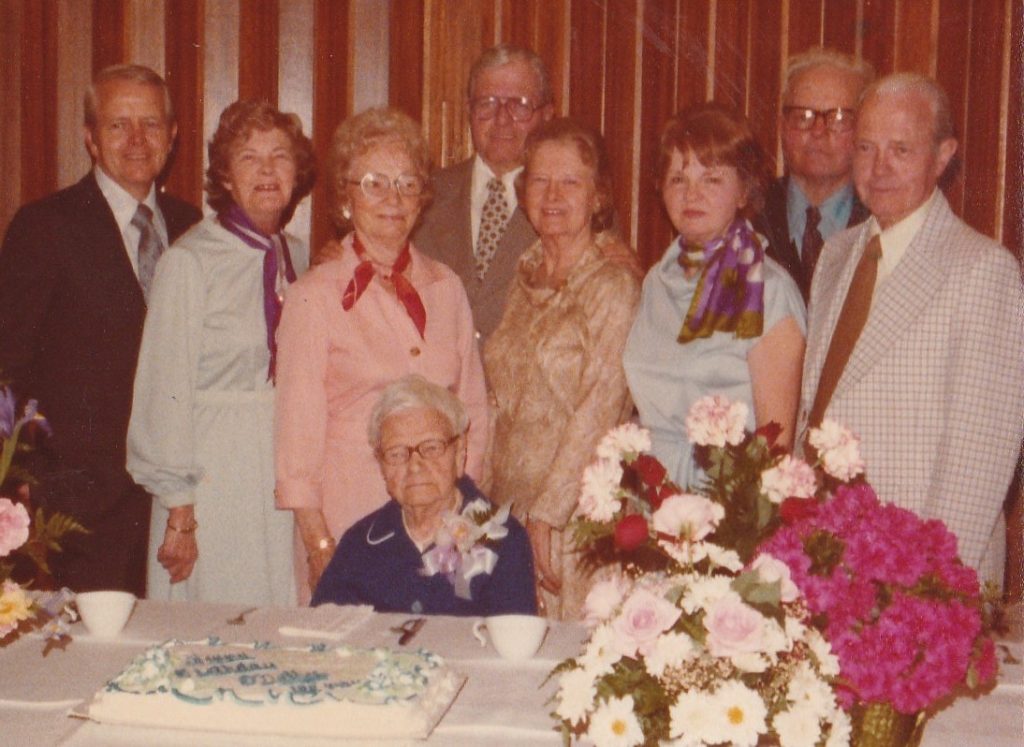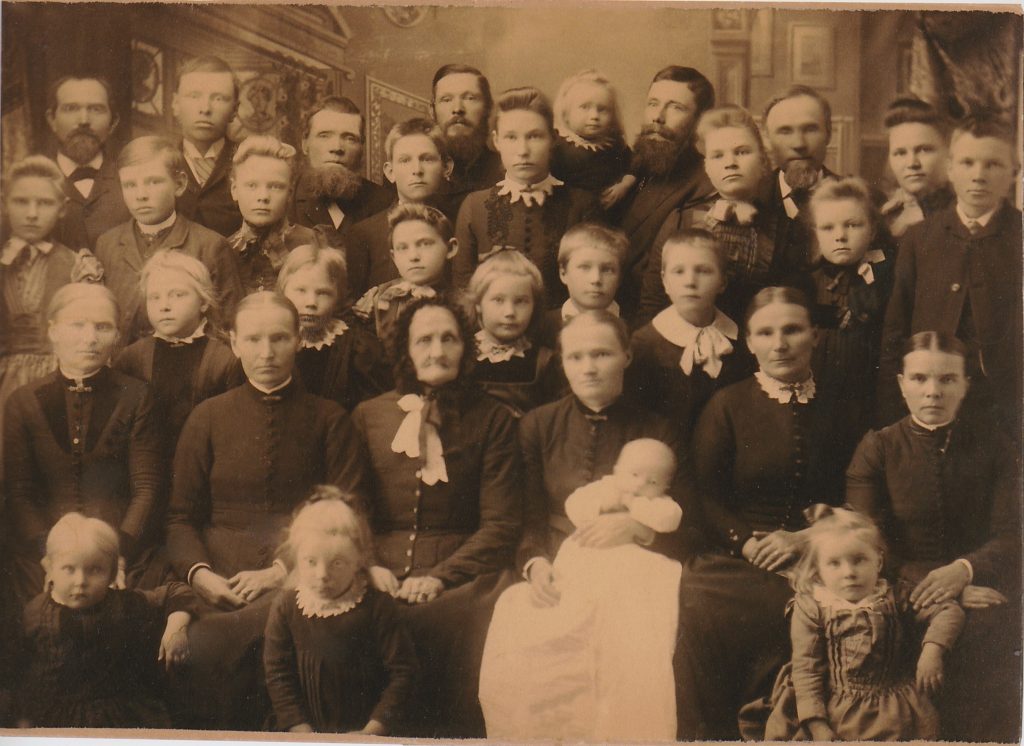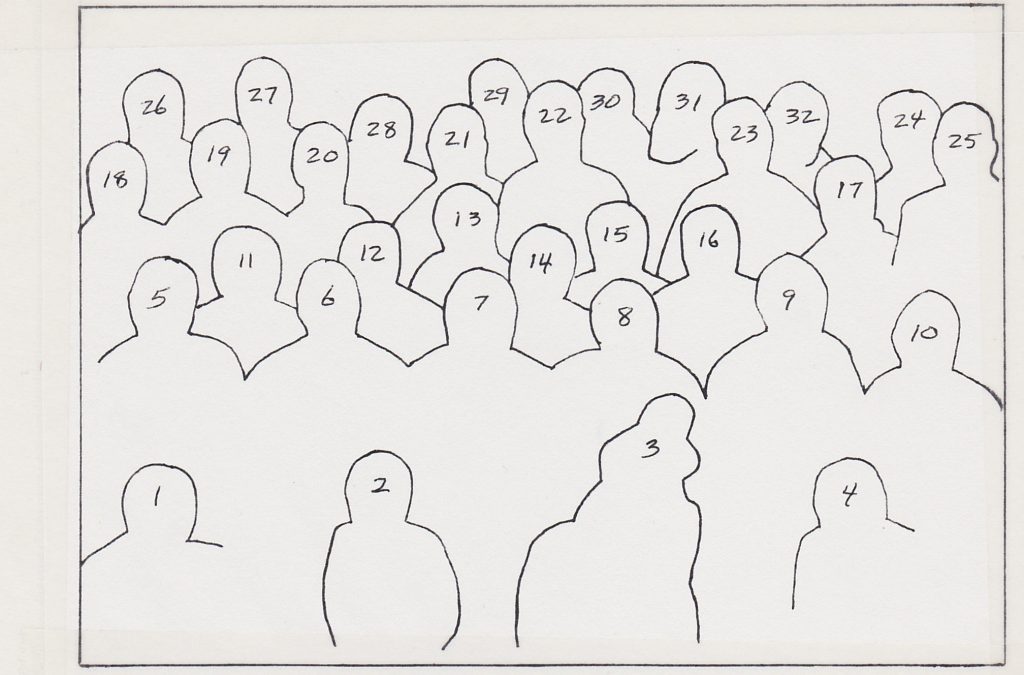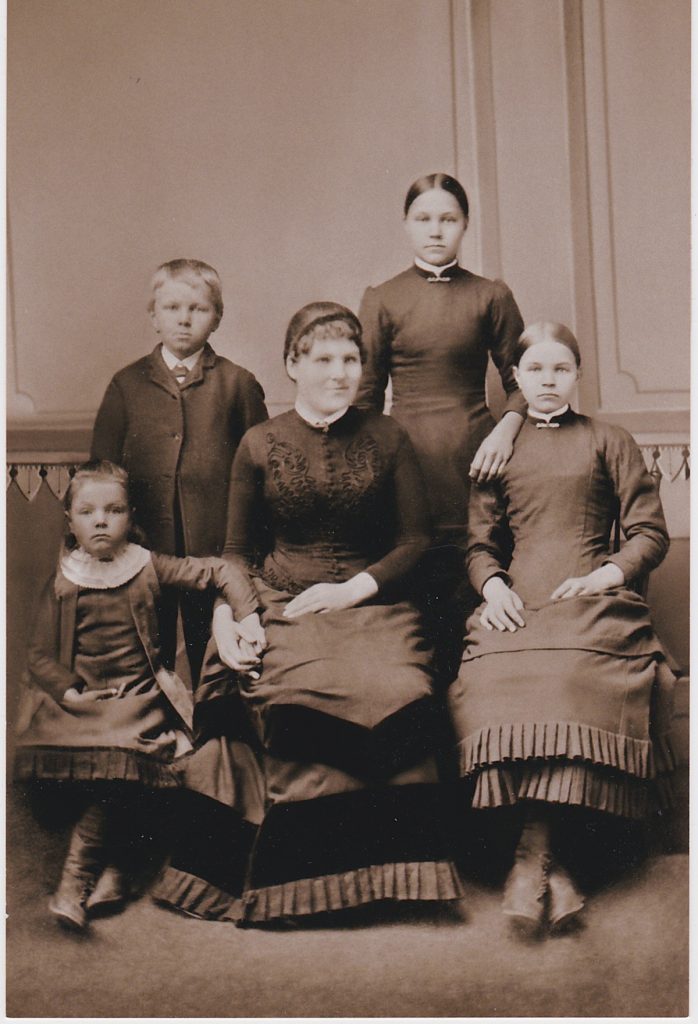I Remember …
Roy’s contributions to the “I Remember” documents (the “Lindgren Memories”). Lightly edited by Linnae Coss. Her notations are in brackets.
I Remember Dad (1968)
I remember the enormous amount of patience that Dad had with kids who did things that weren’t very bright. He never did say much, if anything, but somehow we rarely made the same mistake twice.
I remember on a warm day Dad would come in the side door and head for the coolest spot in the house, the water tank in the basement, because there on the cool floor would be all those jars of homemade root beer.
I remember answering an ad about a correspondence course in drafting. Not long thereafter a salesman appeared and told me I had signed up for a course and owed him $200. About that time Dad came along and not long thereafter the salesman disappeared.
I remember that Dad figured every day except Sunday was a work day, summer, winter, spring, or fall. There was always some work to be done. I think it was Obie who figured out that if all the other work ever got done we might “sort the corn cobs” just to keep busy.
I remember Dad repairing the corn picker under the “yard light” and getting up at 2:30 a.m. to pick corn for a few hours before the sun thawed the ground and turned it into sticky mud. I also remember Dad drawing house plans.
I remember Dad’s idea of how to meet a train – be there at least an hour early. Many are the times we left home at 7 o’clock to meet a 9 o’clock train in Boone, 30 miles away. It must have been a carryover from trips to the State Fair in the old Buick when we had all those flat tires.
I remember the inventing and improvising that Dad used to do. The list would be endless. The butter churn that was hooked up to an electric motor. The corn sheller that was taken apart piece by piece and reassembled “upstairs” in the corn crib. The two barns that were made into one. The unusual bathroom that he created at the first Fort Dodge house by knocking a big hole in the back wall of that brick house. [They bought the brick house in 1946. Not until 1950 or ’51 did they move to 301 K Street, the house Frank had built for them in Fort Dodge.]
I remember when Dad had a heart attack and was supposed to stay off his feet for six weeks. In spite of this, he moved the telephone from the dining room into the bedroom so he could use it. But he followed the doctor’s orders – he sat in a chair and Mother pulled it here and there while he switched the wires around.
Things I Remember (1969)
Things I Remember (1969)
I remember when Mother would rock me in that big leather chair with the curved wooden arms (my very earliest recollection) and the weather would be warm and I would put my hand on the back of her arm and her arm would always be cool.
I remember at a very early age “helping” Dad in the basement when he mechanized the old barrel churn: built a frame to hold it and added a pulley so it could be run with an electric motor. At that age he called me “Peter” and Irene “Honey.” I remember how Mother would make rice pudding in the oven of the big old stove. The rice took so long to cook that the top of the pudding would get brown and have to be skimmed off two or three times before the pudding was done. How I loved to eat that brown crusty top. Then I remember the huge metal pan which Mom used when she made the dozen or so loaves of bread plus cinnamon rolls and biscuits every week. The pan was designed to hold the dough while it was rising and had a dome-shaped lid to match the shape of the dough as it puffed up into a big mound. I remember the big bread drawer in the kitchen, which in the summer also held long sticks of summer sausage and hunks of home-cured dried beef.
I remember, at the age of seven, driving Mother to Lanyon in a Model T with the intention of picking up Grandma and taking her with us to Rohden’s [Esther Rohden, Amy’s sister]. Needless to say, Mother and I drove on to the Rohden’s by ourselves. [Roy’s later note: His mother could not drive. The early cars had to be cranked and were not easy, and since there were always lots of people available to drive, she never learned. They used the car for hauling things on the farm and Roy could drive it at age 7, although Grandma did not want to ride with him.]
I remember how spry Grandma was in her early 80s. She would walk “up town” but it was reported that when she reached the turnoff at the church on her way home, she would be more or less running.
I remember the “fruit room” [in the basement], cool and damp because of the brick floor. The potato bin which was piled high with spuds every fall. Also huge stone crocks which held the corned beef and the hams cured with “smoked salt.” It seems to me Mother always aimed to can no less than 100 quarts of tomatoes each summer. Also, peaches, pears, rhubarb, corn, and the greatest treat of all – grape juice made by cooking the grapes and squeezing them in a square towel (flour sack) hung by the four corners over a broom stick held across the back of two chairs.
I remember the coolest spot in the house, before the first ice box, was the basement floor next to the big water tank. That’s where the milk, butter, and root beer were stored. But nothing was as cool as a pitcher of water pumped by hand from the old well. I remember that heavy glass pitcher – how it survived all those trips to the well in the hands of all of us is a wonder.
I remember that at about 6 a.m. every cold winter morning Dad would shake the house. There was a long iron handle on the side of the furnace which was pulled back and forth to let the ashes fall through the grates. Since the furnace was connected to the pipes and the pipes to the radiators, the whole house seemed to be vibrating.
I remember the big garden west of the house with horseradish which we never ate growing over against the side of the machine shed, asparagus all across the lower end, two rows of rhubarb and a very large strawberry patch. The long row of grapes which we took to school in our “dinner pails” in season. Then there was the smoke house and just south of it a flowering almond and an old-fashioned yellow rose bush.
I remember that every fall as cold weather approached we would go through the ritual of catching the chickens. All summer they took to roosting in the trees and on the machinery in the sheds. We had to apprehend them somehow or other and lock them in the chicken house for the winter. It was a job that was kind of fun for about the first five minutes.
I remember when we had quite a few cats who used to like to take their ease behind the stove in the kitchen. When Mom wanted them out she would take the broom, open the door, and poke around vigorously behind the stove until they got the general idea. Later, it was only necessary for her to pick up the broom, open the door, and stand back out of the way.
I remember all of those potluck picnics over the years and how Mother usually made corn pudding and salmon pudding – still my favorite dishes when made the way she made them. We also had sliced tomatoes which we wouldn’t have dreamed of eating without a liberal application of sugar.
I remember many a Sunday afternoon in the summer when, at Mother’s instigation, we would go “to the woods,” meaning a certain spot more or less directly east of Lanyon near the Des Moines River. I remember the incomparable sunsets in the late fall after the corn was picked, and I would see them when I went out in the 40-acre corn fields to get the steers home for the night. I remember blizzards so blinding that you couldn’t see the barn from the house, and how one January the temperature never went above zero for two solid weeks, and was minus twenty every night. I remember that the first rites of spring consisted of sowing the peas – two horses and the “lumber wagon” with the spreader on the back.
I remember the incredible amount of patience that Dad exhibited in the face of some of the absolutely incredible things that I did and didn’t do in those growing up years.
I remember when Aunt Nellie and Uncle Ernest lived in Lanyon [1928 to 1953], their immaculate house, the cow named Susie, how fascinated I was with their egg cups, and how after the folks moved to Lanyon [when they retired in 1941], there was a path worn through the tall grass which represented the shortest distance between those two houses.
I remember that I was taught to say grace in Swedish at a very early age and continued to say it as I had learned it for many years. About 30 years later, I learned how the words were really supposed to be pronounced and it was quite a surprise.
I remember the Christmas programs and how, believe it or not, Irene and I [ages about 10 and 7] sang a duet and what do you think we sang? “Let the lower lights be burning”! [Irene and Roy’s later note: This was surprising because this song is a hymn, not a Christmas song at all.]
I remember when we put candles on the Christmas tree and lighted them! And how the best part of the Christmas Eve feast every year was the creamed lutefisk on mashed potatoes.
I Remember Mother (1985)
I remember Mother as a magician at distracting fussy babies and small children.
I remember Mother as an incredible discipliner – or was it just that we were such incredible disciplinees? I remember occasional mention of the possibility that she would have to use the “shaving strap” but it never once came off the hook in the broom closet to my knowledge.
I remember (don’t we all) Mother’s standard Sunday morning breakfast – “gravy bread.” The bread was home-baked white and the gravy was white, made with milk in the drippings from lots of thick-sliced uncured or maybe salt-cured bacon. Fortunately cholesterol had not yet been invented so we were able to enjoy it thoroughly.
I remember Mother as the inventor of an instant and absolutely sure-fire way to dispatch any chicken destined for the frying pan. It involved the use of a steel rod laid over the neck of the chicken, etc. She did it herself until I became old enough to take over.
And I remember, “Remember the starving millions.” (Or was it, “Think of the starving millions.”) For the grands and great-grands, those were code words that meant, “Don’t leave food on your plate” (Don’t waste food).
I remember hearing the words a hundred or a thousand times over the years: “Look it up.” I think Mother wore out at least three dictionaries looking things up. Once in later years I believe Irene put her to the test. “How do you pronounce c-o-m-p-t-r-o-l-l-e-r?” The answer, without hesitation, “controller.”
I remember hearing about someone explaining to Mother that they needed to build a new church, because the old church was on a side street where people couldn’t see it. She said, “They find it when we have a Swedish supper.”
I remember how in later years someone was complimenting Mother on her family, about this and that and the other, “and none of them have ever been in jail.” Mother said, “Not yet.”
I remember her plants, when she was age about 75 or 85, were everywhere [at 301 K Street, Fort Dodge]. The “greenhouse” room off the hallway was like a jungle including, even, the famous night-blooming cereus which really did bloom from time to time. (Grands and great-grands, “Look it up.”)
I remember being home (for, I believe, one of Mom’s birthdays) when she was in her 90s. There were five or six of us there. She had a music box in the kitchen, a present from Ruth, which she would put on the dining room table and play to call us to dinner when we would come visit as adults. When dinner was over, she picked up the music box and carried it back to the kitchen, saying, “I’ll take this – I don’t want it to get broken.” As Obie observed at the time, there wasn’t a soul in the room under the age of 50.
I remember Mother correcting herself when she was reminiscing about something. “When we were little, us kids used to… we kids used to…” This happened sometime after her 100th birthday.
I remember Esther [Mocklebust] telling how, sometimes when Mother wasn’t feeling too great, she would say, “I feel like I’m a hundred years old.” After she passed 100, she changed it to, “I feel like I’m two hundred years old.”
I remember when Aunt Nellie and Uncle Ernest lived in Lanyon [1928 to 1953], their immaculate house, the cow named Susie, how fascinated I was with their egg cups, and how after the folks moved to Lanyon [when they retired in 1941], there was a path worn through the tall grass which represented the shortest distance between those two houses.
I remember that I was taught to say grace in Swedish at a very early age and continued to say it as I had learned it for many years. About 30 years later, I learned how the words were really supposed to be pronounced and it was quite a surprise.
I remember the Christmas programs and how, believe it or not, Irene and I [ages about 10 and 7] sang a duet and what do you think we sang? “Let the lower lights be burning”! [Irene and Roy’s later note: This was surprising because this song is a hymn, not a Christmas song at all.]
I remember when we put candles on the Christmas tree and lighted them! And how the best part of the Christmas Eve feast every year was the creamed lutefisk on mashed potatoes.
